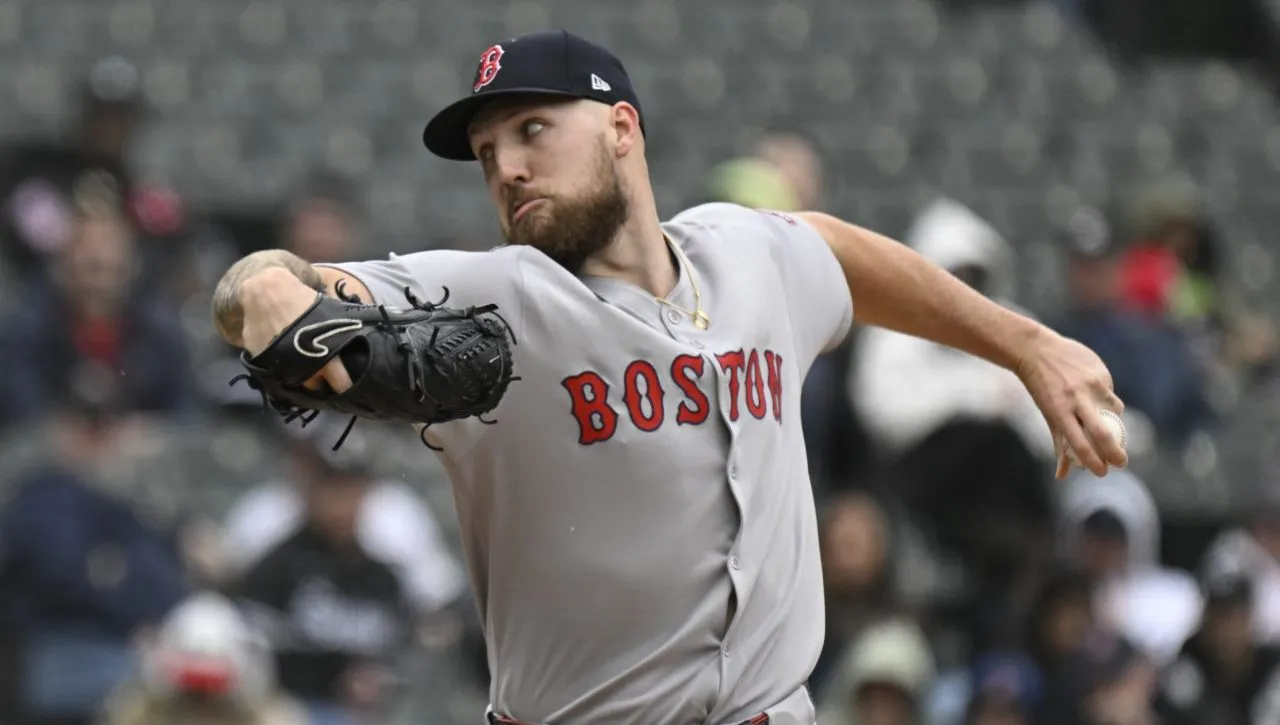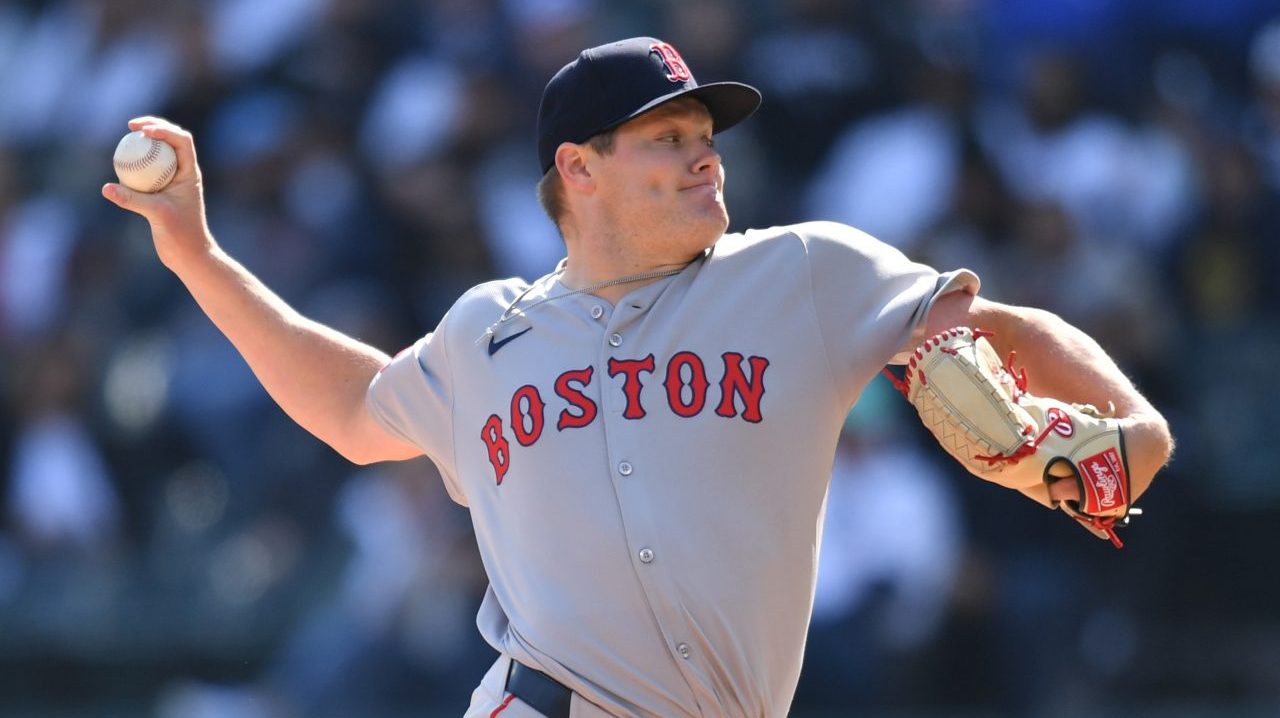
With the playoffs approaching, Evan Drellich will look at various decisions the Red Sox are going to have to make on their postseason roster. We start today with: The rotation.
BOSTON — Nate Eovaldi may keep his spot in the rotation for the same reason the Red Sox move forward without a lefty specialist in the 'pen: the number of scary lefty bats the Sox can face in the first round are minimal.
The Yankees and A’s are righty heavy, and Eovaldi in particular would probably be preparing for a scenario to pitch on the road. The Sox have seen up close how the Yankees can just wait back and drive lefty pitches out to right field.
Since joining the Red Sox, Eovaldi leads the team in the fewest percentage of fly balls to become home runs, at 5.5 percent, regardless of lefty-righty match-ups. E-Rod is nearly double that, at 10.6 percent.
“One of the teams we know, we know really well,” Alex Cora said on Monday generally. “The other one, we don’t know honestly. So we’ll talk about it. But I think small sample size really doesn’t matter.”
Eovaldi’s final pitch Monday night against the Orioles was a backdoor cutter to Cedric Mullins, who went down looking. Mullins, a switch-hitter, was batting lefthanded. It was an excellent night overall for the right-handed and cutter-heavy Eovaldi in a 6-2 win, even though he was facing a terrible team. He had 10 strikeouts in five innings.
Eduardo Rodriguez following Eovaldi in relief on Monday was also a clear signal the Red Sox are looking at keeping Eovaldi in the Division Series rotation and taking E-Rod out.
Boston Red Sox
Find the latest Boston Red Sox news, highlights, analysis and more with NBC Sports Boston.
“I really had everything working today,” Eovaldi said. “I was able to locate the fastball up. Had a really good feel for my curveball, my split today. So with those two pitches, being able to get them off my fastball and the cutter, I felt like it’s a good success tonight.”
Both historically and in 2018, Eovaldi has been better vs. right-handed batters, who carry a .631 OPS against him this season. Lefties (and switch-hitters) are his potential weakness, with a .751 OPS. The numbers in Eovaldi’s time in Boston and in his career are virtually identical, a roughly .100 point OPS gap.
Will that really matter in the Division Series?
The Yankees have Aaron Hicks and Neil Walker as switch-hitters. Hicks has an .837 OPS vs. righties, Walker a .693 OPS.
The Yanks’ best threat purely from the left side, Didi Gregorious and his .864 OPS against righties, may be out for the season. Brett Gardner, meanwhile, has got a .704 OPS against righties.
“We don't know who we're going to play, but we understand the match-ups and where we can go,” Cora said when asked if Eovaldi is making a case to stay in the rotation. “He’s been great. He's a guy that, first of all, he's a workhorse. We can use him out of the bullpen, and then we can use him in the rotation. I love the fact that his last two outings, they made some adjustments, and he's actually pitching to what we wanted, up in the zone and down, so he's making it very interesting now.”
Matt Olson and Nick Martini of the A’s both have done well as lefties vs. righties this year, the former with an .828 OPS and the latter .824. Switch-hitter Jed Lowrie’s right there with them at .846.
So the A's might make the choice a little tougher than the Yankees. But the biggest bats on both teams — Khris Davis and Matt Chapman, Aaron Judge and Giancarlo Stanton — are righty, and righties aren't the reason to remove Eovaldi.




